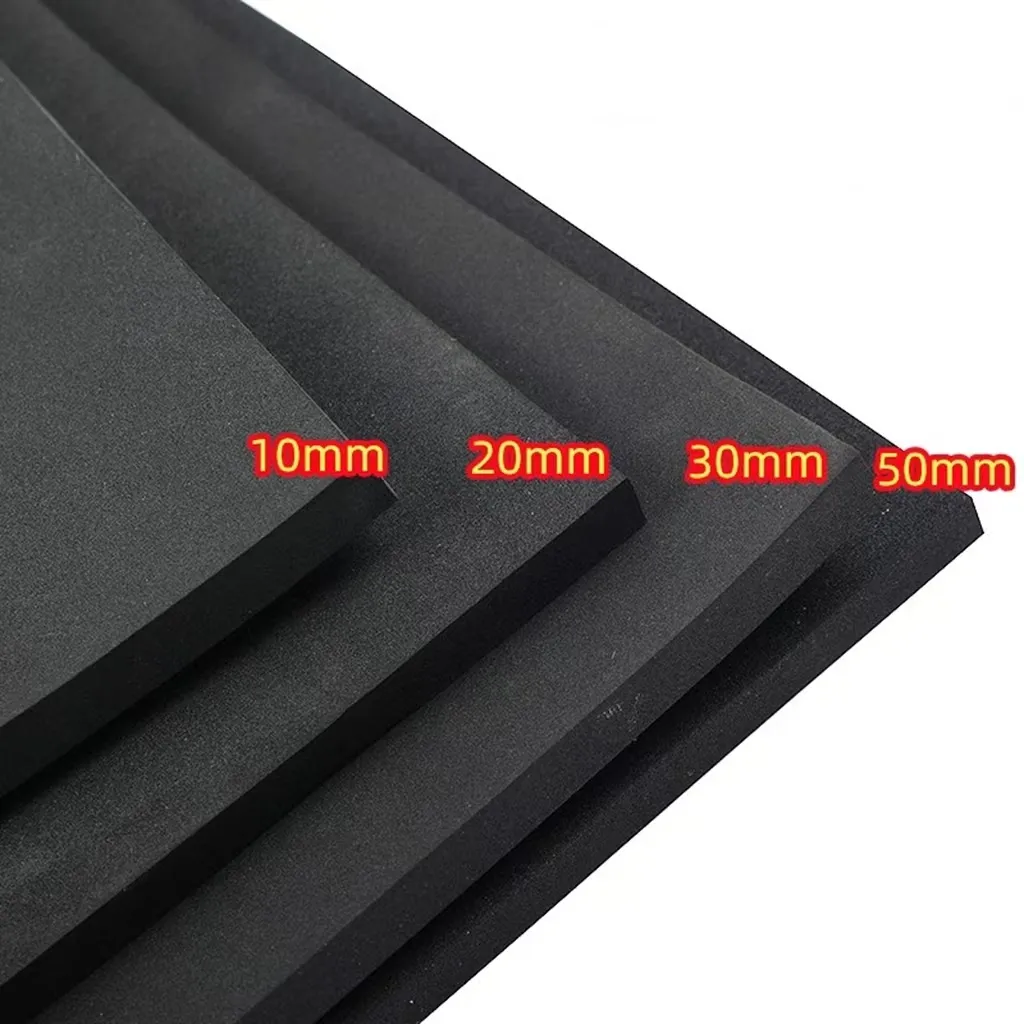wooden garage door rubber seal
The Importance of a Wooden Garage Door Rubber Seal
When it comes to maintaining the integrity and efficiency of your garage, one often overlooked component is the rubber seal that lines the bottom of your wooden garage door. While it may seem like a minor detail, this unassuming strip of rubber plays a crucial role in protecting your garage and its contents. In this article, we will delve into the significance of a wooden garage door rubber seal, its benefits, maintenance tips, and how to choose the right one for your needs.
What is a Wooden Garage Door Rubber Seal?
A wooden garage door rubber seal is a strip made of durable rubber that is installed along the bottom edge of the garage door. Its primary function is to create a barrier between the outside environment and the interior of the garage. This seal is essential for ensuring that your garage remains dry, insulated, and secure from pests and debris.
Benefits of a Rubber Seal
1. Weather Protection One of the primary advantages of installing a rubber seal on your wooden garage door is its ability to protect the interior from harsh weather conditions. Rain, snow, and wind can easily make their way into an unsealed garage, potentially damaging your belongings or causing mold and mildew to form. A rubber seal effectively prevents water penetration, keeping your garage dry and safe.
2. Energy Efficiency A well-fitted rubber seal also contributes to the overall energy efficiency of your home. If you use your garage as a workshop or storage space for temperature-sensitive items, maintaining a consistent temperature is vital. The rubber seal helps to insulate the garage from outside temperatures, reducing the need for heating or cooling and ultimately lowering your energy bills.
3. Pest Prevention Rats, mice, and insects are often looking for warm places to nest, especially during colder months. A rubber seal acts as a barrier that prevents these unwelcome guests from entering your garage. By sealing off any gaps, you can protect your tools, vehicles, and stored items from potential pest infestations.
4. Noise Reduction If your garage is attached to your home, noise from outside can be a nuisance. The rubber seal can help to dampen sound, creating a quieter environment. This is particularly beneficial if you use your garage for hobbies or activities that generate noise, allowing you to enjoy your space without disturbing the rest of your household.
Maintaining Your Rubber Seal
To ensure that your wooden garage door rubber seal continues to perform optimally, regular maintenance is key. Here are a few tips
wooden garage door rubber seal

1. Inspect for Damage Periodically check the rubber seal for any signs of wear or damage. Look for cracks, tears, or signs of degradation. If you notice any issues, it may be time to replace the seal.
2. Clean the Seal Dirt and debris can accumulate on the rubber seal, hindering its effectiveness. Use mild soap and water to clean it regularly, ensuring that it remains flexible and intact.
3. Lubricate Sometimes, the rubber can become stiff over time. Applying a silicone-based lubricant can help maintain its flexibility and ensure that it seals properly against the door.
Choosing the Right Rubber Seal
When selecting a rubber seal for your wooden garage door, consider the following factors
1. Material Quality Choose a seal made of high-quality rubber that can withstand extreme weather conditions without cracking or becoming brittle.
2. Size and Fit Measure the bottom of your garage door to ensure you select a seal that fits perfectly. An ill-fitting seal will not provide the desired protection.
3. Type of Seal There are various types of rubber seals available, including threshold seals, flap seals, and bulb seals. Consider which type best suits your needs based on the layout of your garage door and the specific issues you are facing.
Conclusion
Investing in a wooden garage door rubber seal may seem like a small decision, but its impact on your garage’s functionality is significant. From protecting against the elements to enhancing energy efficiency and preventing pest invasions, this simple addition can save you time, money, and hassle in the long run. By maintaining the seal properly and choosing the right type, you can ensure that your garage remains a safe and functional space for years to come.
Share
-
The Best Lubricants for Aluminum Roller GuidesNewsJul.23,2025
-
Slitting Machine Applications in the Packaging IndustryNewsJul.23,2025
-
Rolling Roller Balancing Techniques for Smooth OperationNewsJul.23,2025
-
How To Optimize An EV Battery Assembly LineNewsJul.23,2025
-
Energy Efficiency in Modern Battery Formation EquipmentNewsJul.23,2025
-
Automation Trends in Pouch Cell Assembly EquipmentNewsJul.23,2025







